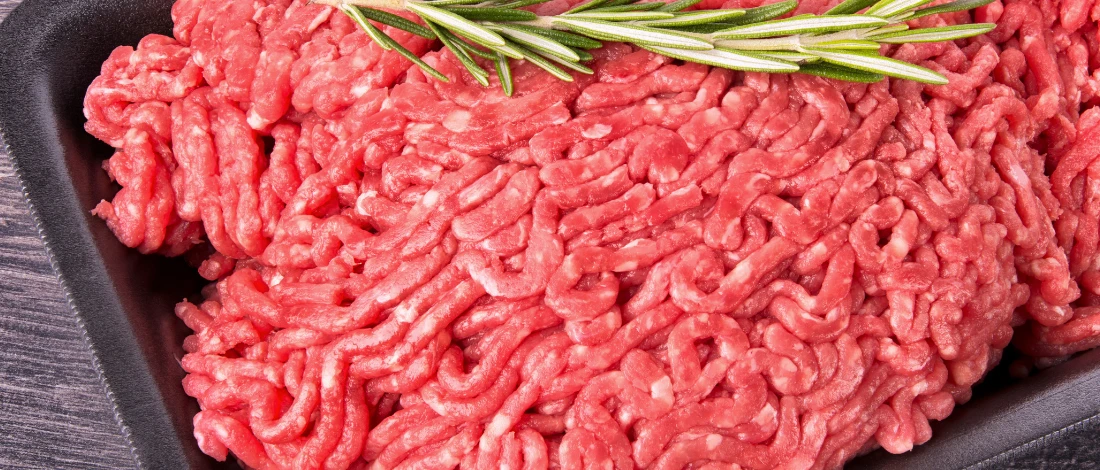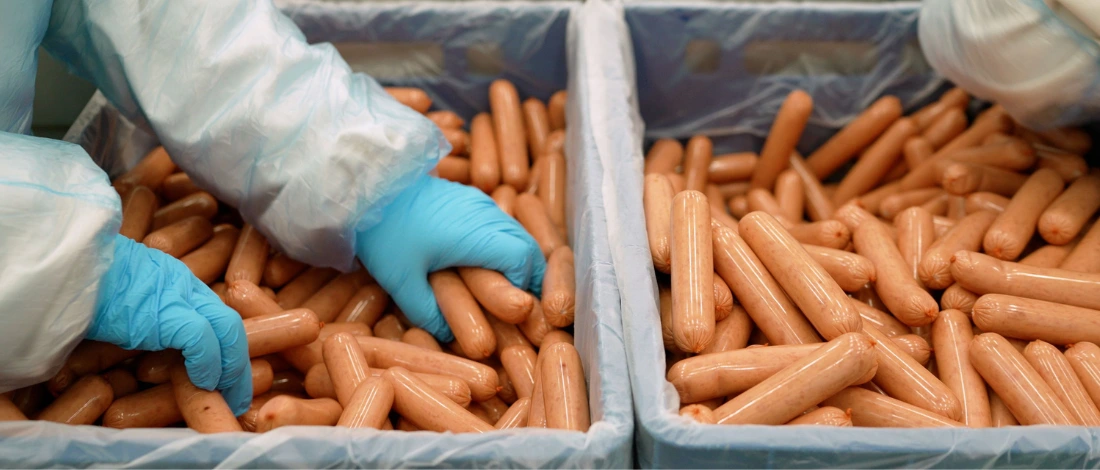McDonald’s Rules Out Beef in E. Coli Outbreak, Points to Onion Contamination”
McDonald’s has ruled out beef patties as the source of an E. coli outbreak tied to its Quarter Pounder hamburgers, which has led to nearly 75 cases of illness and at least one death.
The outbreak had raised concerns about the safety of McDonald’s beef products, but after thorough testing, the company confirmed the safety of its beef supply.
“We remain very confident that any contaminated product related to this outbreak has been removed from our supply chain and is out of all McDonald’s restaurants,” stated McDonald’s Chief Supply Chain Officer, Cesar Pina.
The investigation, led by the Colorado Department of Agriculture, included extensive testing of fresh and frozen beef patties, which came back negative for E. coli.
With beef cleared, McDonald’s has resumed fresh Quarter Pounder distribution, with the product expected to return to all restaurant locations within the coming week.
The source of the contamination is now believed to be onions, specifically the raw slivered onions served with Quarter Pounders. As a precautionary measure, McDonald’s has removed fresh onions from its menu items across the affected restaurants.
This move follows a trend among U.S. fast-food chains, many of which have pulled fresh onions after they were identified as a likely contamination source.
The regions impacted by these changes include Colorado, Kansas, Utah, Wyoming, and select parts of Idaho, Iowa, Missouri, Montana, Nebraska, Nevada, New Mexico, and Oklahoma.
E. coli contamination can be deadly, and in cases involving ground beef, the risk remains if the meat is not cooked thoroughly.
McDonald’s typically ensures its beef is cooked to safe temperatures but with the focus now on onions, the company and regulatory agencies are redirecting their efforts.
The U.S. Food and Drug Administration (FDA) and the U.S. Department of Agriculture (USDA) have both been involved in the ongoing investigation.
The incident underscores the complexities of managing food safety in large supply chains, particularly for fast-food chains where even a single ingredient can pose widespread health risks.
As Pina noted, “The science was always on our side,” reflecting confidence in the company’s food safety protocols and the cooperation between regulatory bodies and suppliers to restore public trust.
Interested in learning about meat safety protocols and fast-food supply chains? Check out our homepage for more information.






